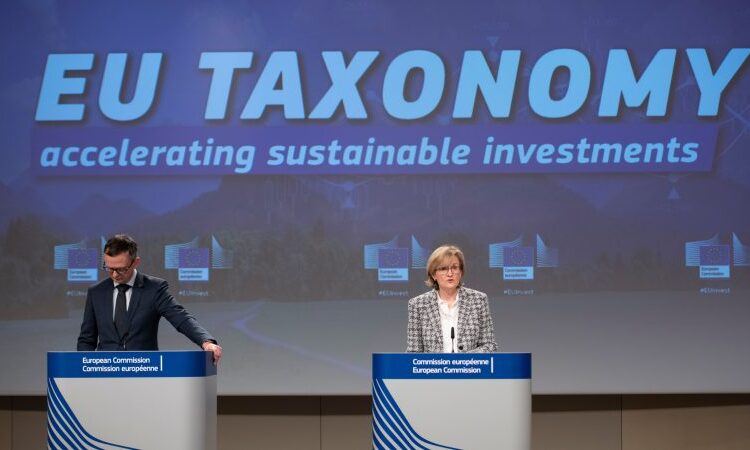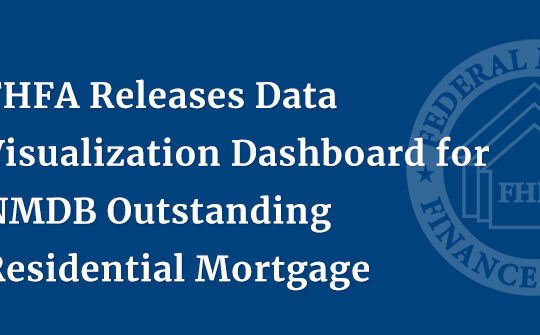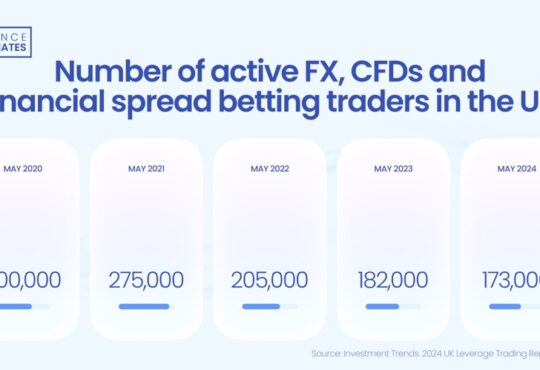
The EU sustainable finance taxonomy aspires to provide the investments necessary to make the ambitious Circular Economy Action Plan a reality, and set an example for countries to follow. But for the transformation to happen, the taxonomies need to be in line with regulatory requirements and standards, write Jack Barrie and Pratrick Schröder.
Dr Jack Barrie is a Research Fellow at the Chatham House Environment and Society Programme. Dr Patrick Schröder is a Senior Research Fellow at the Chatham House Environment and Society Programme.
The EU’s Circular Economy Action Plan faces an enormous financing gap. Can the proposed Sustainable Finance Taxonomy be the key to unlocking such transformative finance or is it at risk of becoming another greenwashing tool?
Transitioning to a circular economy will help the EU reduce the environmental impacts of its material consumption whilst strengthening its economic resilience in times of supply chain volatility, growing geo-political tensions and looming economic recession. There is no surprise then that the circular economy sits at the heart of the EU’s recent Net Zero Industry act and CRM strategy.
Yet, while billions are being invested in circular solutions by the private and public sector, trillions are invested each year into linear models, inhibiting a systemic shift of the economy.
To help address this financing gap the EU is in the process of launching a suite of green financial regulatory measures – a key one being the EU Sustainable Finance Taxonomy. The taxonomy is a shared classification system for defining environmentally sustainable investments to achieve six different environmental objectives: climate change mitigation, climate change adaptation, the circular economy, pollution, effect on water, and biodiversity.
The EU taxonomy promises to be an important tool for channelling much needed investment into circular economy activities, such as reuse, repair, and remanufacturing, by clarifying what economic activities substantially contribute to a circular economy. Equally important, the taxonomy will also identify which economic activities could do significant harm to the circular economy transition thereby disincentivising investment in them.
Out of the 20 taxonomies developed or under development worldwide, the EU’s Sustainable Finance Taxonomy is arguably the most ambitious and comprehensive when it comes to integrating the circular economy. This ambition should be applauded. Yet at the same time, this ambition also served to expose the unique conceptual and procedural challenges faced when it comes to designing and using a taxonomy for the circular economy. It has produced valuable lessons both for the ongoing development of the EU taxonomy, as well as for other countries who plan to embed circularity in their own taxonomies – such as the UK or South Africa.
A new report by Chatham House explains how the circular economy has been embedded within the EU’s taxonomy to date and the lessons learned in doing so. It draws on unique insights and recommendations derived from input from over 100 public, private and third sector stakeholders involved in the development circular economy criteria within a taxonomy or their operationalisation.
Three key lessons the EU experience should include:
Accounting for the systemic nature of the circular economy: Achieving circularity requires the transformation of entire value chains and therefore cuts across all sectors and geographical regions. Yet a taxonomy, by nature, is structured upon the atomisation of individual economic activities being undertaken in specific geographic locations, thereby, in some cases, limiting the encouragement of more transformational developments over multiple activities or along value chains. As such, further consideration is required to ensure taxonomies promote a more systemic approach which allows for value chain wide transformation, rather than activity-based action.
Understand private sector challenges in aligning with the taxonomy: Companies, depending on which value chain they are in and where they sit in the value chain, will face a myriad of challenges in meeting the ambitious circular economy substantial contribution criteria (or avoiding causing significant harm) as laid out in a taxonomy will require major infrastructural and business model adjustments by a wide range of companies. These companies, particularly small- to medium-sized enterprises will require much greater financial and capacity building support.
They will also face the challenge of reporting alignment with the taxonomy due to (i) a lack of, or high cost of, available value chain data; (ii) low levels of maturity of circular reporting metrics and frameworks; (iii); low uptake and (iv) lack of expertise. The EU Corporate Sustainability Reporting Directive, combined with the Environmental Sustainability Reporting Standard 6 standard goes some way towards addressing these challenges. But much greater capacity building support is required to the business community.
Strengthening the enabling environment. A taxonomy cannot drive transformative change in isolation but must be supported by an ambitious enabling policy and regulatory environment which financially incentivises companies to adopt circular activities. Yet, the current circular economy policy and legislative landscape is becoming increasingly fragmented and lacking the ambition and clarity necessary to encourage widespread uptake of substantial contribution activities. The lack of binding agreements or targets on the circular economy as well as mutually recognised definitions, standards and methodologies for metrics and reporting also makes it difficult to develop substantial contributions and do no significant harm criteria for taxonomies.
The EU’s sustainable finance taxonomy will help drive investment towards circular economy activities and serve as a valuable guide for other countries or regions. However, careful consideration should be given to ensure the holistic and transformative nature of the circular economy is not lost as well as the substantial level of capacity building support required for companies to report on and align with taxonomy criteria. Furthermore, taxonomies should not be treated as a panacea. To be truly transformative, they must be developed alongside an ambitious enabling policy and regulatory environment and globally harmonised definitions, standards, and regulatory requirements.






